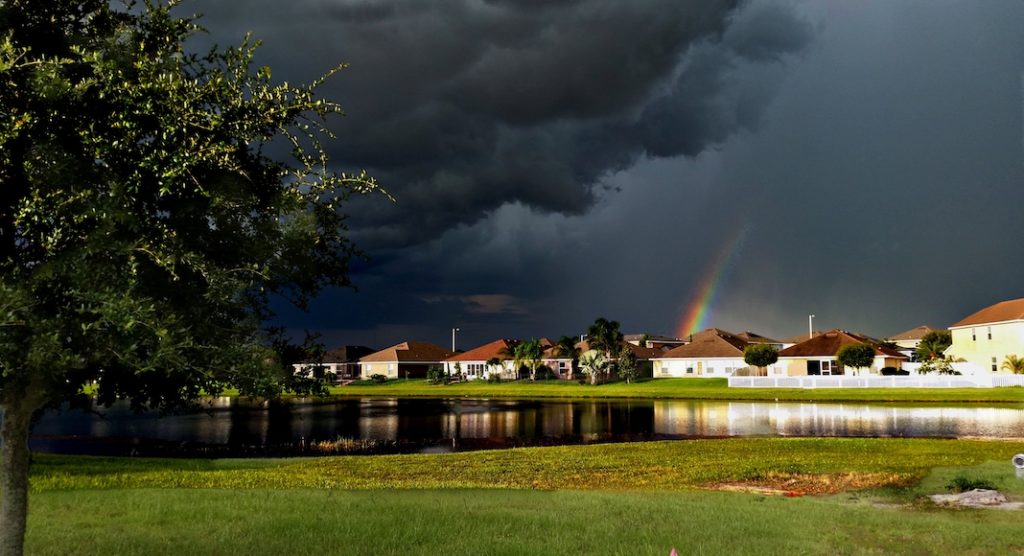
Texas Border Business
AUSTIN – Governor Greg Abbott today rostered and activated numerous state resources ahead of severe weather and flash flooding that is expected to impact much of Texas over the next few days. As severe storms move across our state from West Texas, throughout the week, they are expected to bring very large hail, damaging winds, flash flooding, river flooding, and the potential for tornados.
“This severe weather has the potential to cause flash flooding and other damage in our communities, which is why the State of Texas has rostered and activated numerous state resources to support local officials on the ground,” said Governor Abbott. “Texans should monitor weather alerts and stay cautious of severe weather and flood risks as this weather makes its way through our communities. Always remember — turn around, don’t drown.”
At the direction of the Governor, the Texas Division of Emergency Management (TDEM) has activated the following resources:
- Texas A&M Engineering Extension Service (Texas A&M Task Force One and Texas Task Force Two): Swift Water Boat Squads and High Profile Vehicles
- Texas Military Department: Ground Transportation Platoons
- Texas Parks and Wildlife Department: Texas Game Warden Boat Teams and a helicopter with hoist capability
- Texas Department of Public Safety: Helicopters with hoist capability
Additionally, TDEM has rostered the following resources in preparation for any requests for assistance from local officials:
- Texas A&M Forest Service: Saw Crews
- Texas A&M Engineering Extension Service (Texas A&M Task Force One and Texas Task Force Two): Urban Search and Rescue Packages
- Texas Department of State Health Services: Texas Emergency Medical Task Force Severe Weather Packages
- Texas Department of Transportation: High profile vehicles
- Public Utility Commission of Texas: Power outage monitoring/coordination with utility providers in the threat areas
Texans are urged to follow these flood preparedness and safety tips during severe weather events:
- Know types of flood risk in your area. Visit FEMA’s Flood Map Service Center for information here: https://msc.fema.gov/portal/home
- Sign up for your community’s warning system. The Emergency Alert System (EAS) and National Oceanic and Atmospheric Administration (NOAA) Weather Radio also provide emergency alerts.
- Build an emergency supply kit. For more information on how to build a kit, visit: https://www.ready.gov/kit
- Purchase or renew a flood insurance policy. Homeowner’s policies do not cover flooding. It typically takes up to 30 days for a policy to go into effect so the time to buy is well before a disaster. Get flood coverage under the National Flood Insurance Program (NFIP).
- Keep important documents in a waterproof container. Create password-protected digital copies.
- Protect your property. Move valuables to higher levels. Declutter drains and gutters. Install check valves. Consider a sump pump with a battery.
- Be extremely cautious of any water on roads or in creeks, streams, storm drains, or other areas – never attempt to cross flowing streams or drive across flooded roadways and always observe road barricades placed for your protection. Remember, Turn Around Don’t Drown.
For more flood safety tips, visit ready.gov.














